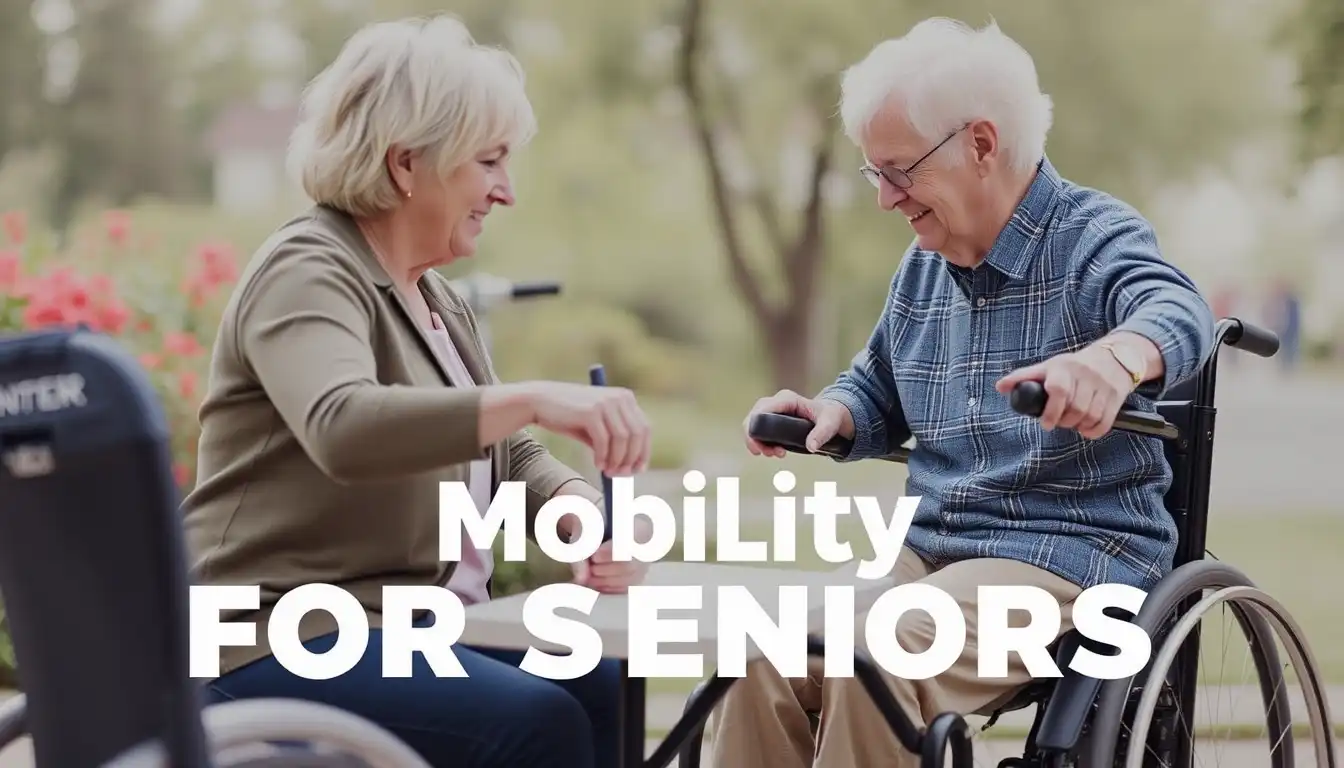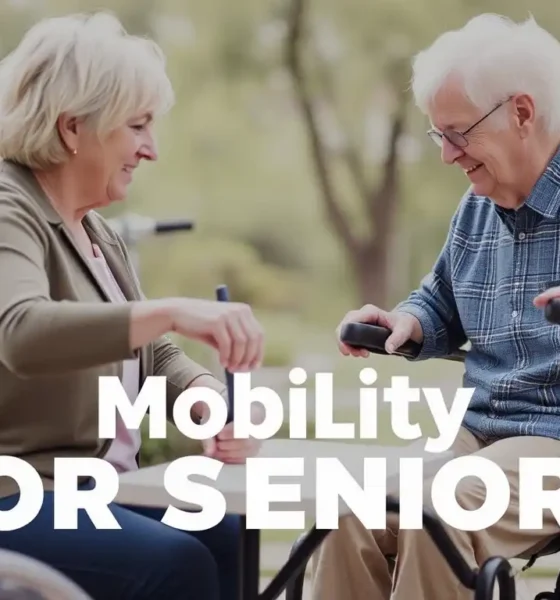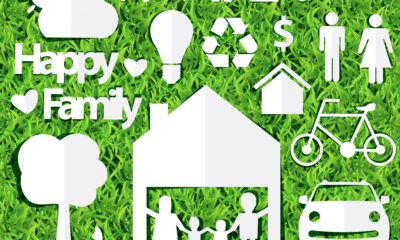

Environment
5 Eco-Friendly Home Improvements to Improve Mobility for Seniors
One of the things that we are focusing on at Blue and Green Tomorrow is how climate issues and aging intersect at home. Climate change is now so big of a problem that FIFA may have to reconsider its entire World Cup calendar because of it. We have all seen how rising temperatures and shifting weather patterns affect even the way we build. It is becoming clear that eco-conscious living is no longer a niche idea, especially among older adults.
There are growing numbers of seniors who care about sustainability and comfort at the same time. A 2020 OnePoll survey on behalf of Beef + Lamb New Zealand found that 70% of people become more eco-conscious as they age.
You might think older generations are less concerned with the environment, but the numbers tell a different story. We actually talked about this in one of our other articles about how seniors are the surprising leaders of the sustainability movement. Keep reading to learn more.
Install Eco-Friendly Elevators
Many seniors have a hard time getting from one floor to another. The only option is to install elevators. You may not think of elevators as being eco-friendly, but there are actually some enviro-friendly home elevator brands that you can consider using. This will be a great idea to try.
Put In Non-Toxic, Slip-Resistant Flooring
The first thing that you may want to consider is replacing old flooring with non-toxic, slip-resistant materials like cork or bamboo. There are many reasons to avoid synthetic vinyl, which can off-gas harmful chemicals. It is also easier on joints to walk on softer flooring, which matters more as people grow older.
There are surfaces that help reduce falls while also supporting better indoor air quality. You might choose reclaimed hardwood or linoleum made from renewable materials like linseed oil. It is a small change that can lower risks and protect the environment at the same time.
Try Using Motion-Activated with Low-Energy Lighting
Another thing that you can do to make daily movement safer with lights that automatically turn on in dark spaces. There are many seniors who struggle with balance, and good lighting can reduce nighttime hazards. It is also helpful that LED bulbs use a fraction of the energy of traditional ones.
You might add strip lights under kitchen counters or along hallways. You can also install solar-powered lights outside to avoid dealing with wiring. It is possible to keep the house well-lit while lowering electric bills and reducing trips and stumbles.
Setup Low-Threshold Entryways and Door Widening
You can improve access throughout the home by removing raised thresholds and widening door frames. It is often difficult for those using walkers or wheelchairs to pass through narrow doors. There are simple modifications that can help without requiring a full renovation. This will help reduce the carbon footprint needed to renovate the doors completely and avoid consuming natural resources to do so.
There are door extenders and offset hinges that can add a few inches of clearance. You can also select reclaimed wood or recycled metal when replacing frames. It is one more way to stay mobile while sticking to earth-conscious choices.
Add Walk-In Showers with Water-Saving Fixtures
Finally, you may want to try to make bathrooms safer by switching to walk-in showers with no-step entries. There are people who find bathtubs hard to manage, especially as balance or strength declines. It is also a space where eco-friendly fixtures make a big difference.
There are water-saving showerheads that use less water without lowering comfort. You can find models made from recycled plastics or metals. It is easier to move safely when you have grab bars and non-slip tiles, all while reducing water waste.
Seniors Are Leading the Push for Greener Homes
There are clear signs that people want to make better choices. The EPIC Survey from the OECD showed that 65% of respondents are willing to make personal sacrifices to support the environment. You might expect younger adults to lead the way, but many older homeowners are also shifting their habits.
You can see this reflected in the design of modern home products. There are more eco-conscious brands offering accessible solutions than ever before. It is reassuring to know that more choices exist now for people trying to balance care for the planet and their personal needs.
It is also true that mobility challenges are becoming more common. Around 35% of adults aged 70 and up report some level of limitation. You can make meaningful changes to support aging in place without adding waste or energy burden to the household.


 Environment10 months ago
Environment10 months agoAre Polymer Banknotes: an Eco-Friendly Trend or a Groundswell?

 Environment12 months ago
Environment12 months agoEco-Friendly Home Improvements: Top 7 Upgrades for 2025

 Features9 months ago
Features9 months agoEco-Friendly Cryptocurrencies: Sustainable Investment Choices

 Features10 months ago
Features10 months agoEco-Friendly Crypto Traders Must Find the Right Exchange

















